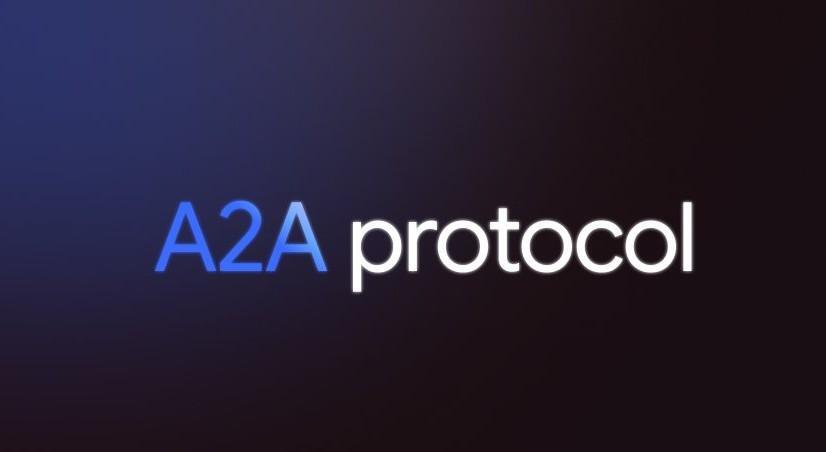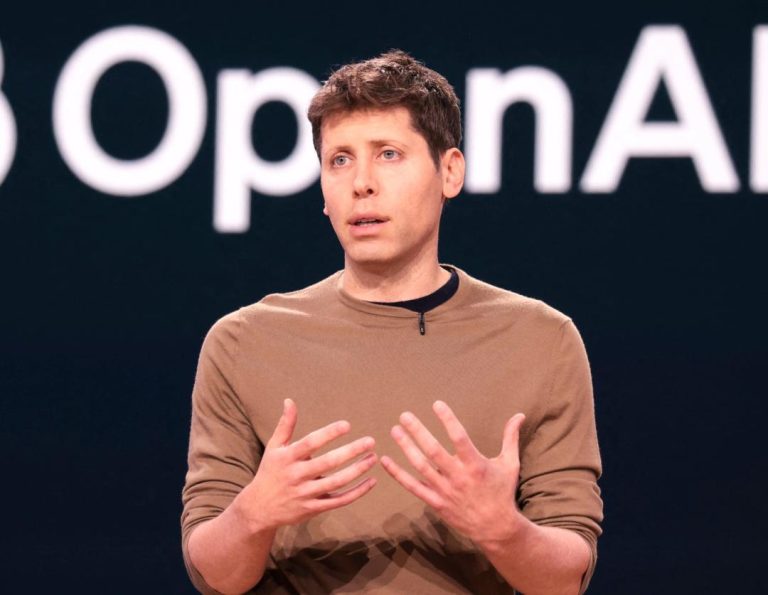
Google Launches A2A Protocol to Enhance AI Agent Synergy
The world of artificial intelligence (AI) is rapidly evolving, with agents being developed to perform a wide range of tasks, from customer service to data analysis. However, one major challenge that has hindered the widespread adoption of AI agents is the lack of interoperability between different systems and applications. This has led to the development of siloed agents that can only communicate with other agents within the same ecosystem.
But, Google has just changed the game with the launch of Agent2Agent (A2A), a new open-source protocol that enables AI agents to communicate with each other seamlessly, securely exchange information, and coordinate actions over various enterprise platforms or applications.
A2A is designed to bridge the gap between different AI systems and applications by providing a common language and framework for agents to interact with each other. This means that developers can build agents that can connect with any other agent built using the protocol, regardless of the underlying technology or platform.
In this blog post, we’ll delve into the details of the A2A protocol, its benefits, and how it can revolutionize the way we develop and deploy AI agents.
What is A2A?
A2A is a lightweight, open-source protocol that enables AI agents to communicate with each other using a standardized set of APIs and data formats. The protocol is designed to be flexible and extensible, allowing developers to build agents that can adapt to different environments and use cases.
A2A is built on top of the industry-standard MQTT (Message Queuing Telemetry Transport) protocol, which provides a reliable and efficient way for agents to communicate with each other. The protocol is also designed to support multiple messaging patterns, including request-response, publish-subscribe, and fire-and-forget.
Benefits of A2A
The benefits of A2A are numerous, and can be summarized as follows:
- Interoperability: A2A enables AI agents to communicate with each other seamlessly, regardless of the underlying technology or platform.
- Scalability: A2A is designed to handle large-scale deployments, making it suitable for use cases where multiple agents need to communicate with each other.
- Security: A2A provides end-to-end encryption and authentication, ensuring that data exchanged between agents is secure and tamper-proof.
- Flexibility: A2A is designed to be flexible and extensible, allowing developers to build agents that can adapt to different environments and use cases.
Use Cases for A2A
A2A has a wide range of use cases, including:
- Customer Service: A2A can be used to build AI-powered customer service agents that can communicate with each other to provide seamless support to customers.
- Data Analytics: A2A can be used to build agents that can collect and analyze data from multiple sources, and then coordinate actions based on the insights gained.
- Supply Chain Management: A2A can be used to build agents that can communicate with each other to manage inventory, track shipments, and coordinate logistics.
- Cybersecurity: A2A can be used to build agents that can detect and respond to security threats in real-time, by coordinating actions with other agents across the network.
How to Get Started with A2A
Getting started with A2A is easy. Here are the steps you can follow:
- Read the Documentation: Start by reading the A2A documentation, which provides a detailed overview of the protocol and its components.
- Download the SDK: Download the A2A SDK, which provides the necessary tools and libraries to build A2A-enabled agents.
- Build Your Agent: Use the SDK to build your own A2A-enabled agent, and integrate it with other agents using the protocol.
- Join the Community: Join the A2A community, which provides a platform for developers to share knowledge, ask questions, and collaborate on projects.
Conclusion
A2A is a powerful protocol that has the potential to revolutionize the way we develop and deploy AI agents. By providing a common language and framework for agents to interact with each other, A2A enables developers to build agents that can connect with any other agent built using the protocol.
Whether you’re building a customer service agent, a data analytics agent, or a cybersecurity agent, A2A provides the foundation for seamless communication and coordination between agents. So, get started with A2A today and see the power of AI agent synergy for yourself.
News Source:
https://developers.googleblog.com/en/a2a-a-new-era-of-agent-interoperability/






